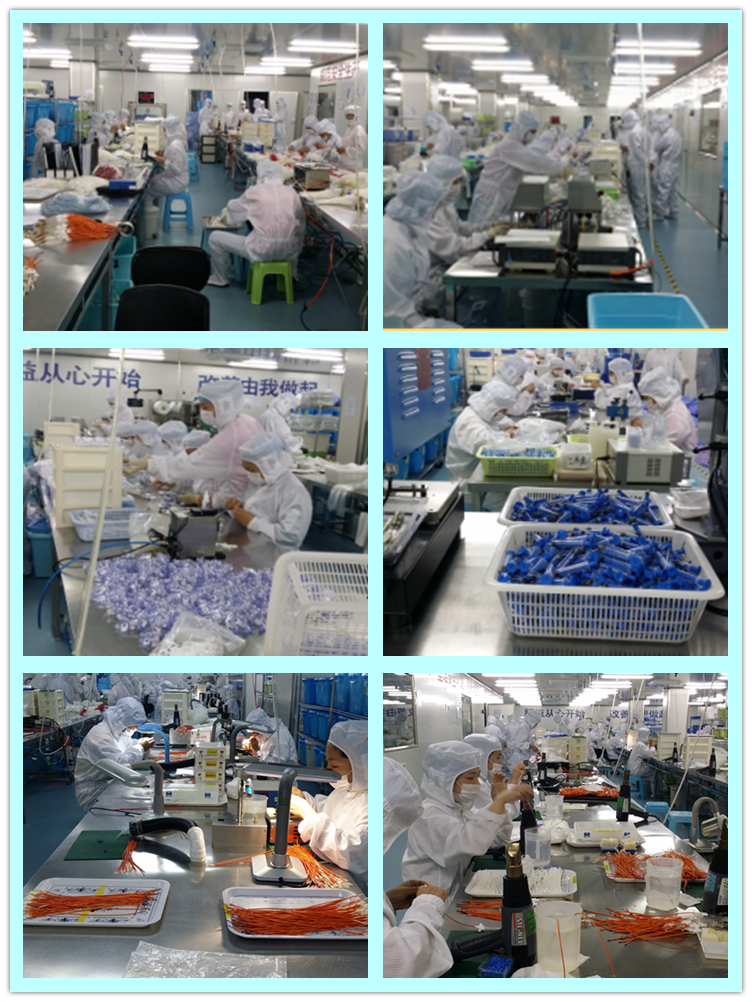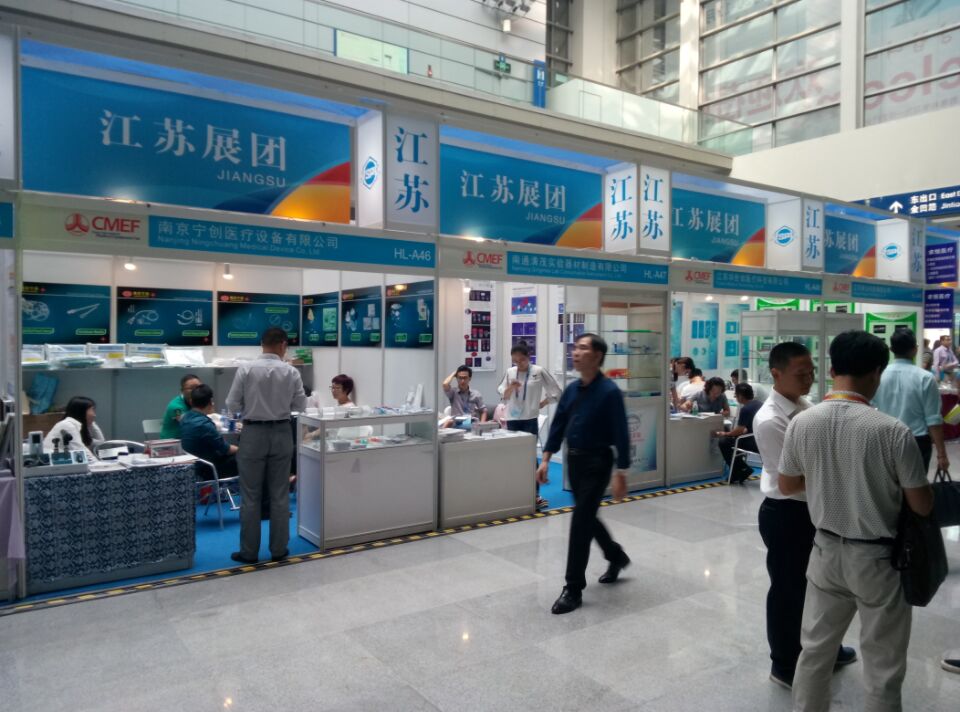Question: How does the crop absorb nutrients to meet its growing needs? Answer: Most of the crops have a large root system. The roots, especially the root hair on the root tip, can absorb the nutrients in the soil. Therefore, the root is the main organ that the crop absorbs nutrients. However, crops can also absorb various nutrients through the leaves. Fertilization is also a way for crops to absorb nutrients. Q: Why do nitrogen, phosphorus, and potassium nutrients emphasize root fertilization and foliar fertilization? A: As far as nitrogen, phosphorus and potassium are concerned, they are the three major nutrient elements that require more crops. It has been determined that 500 kg per mu of rice need to absorb 8.5 to 12.5 kg of nitrogen (N), 4.5 to 8.5 kg of phosphorus (P2O5) and 10.5 to 16.5 kg of potassium (K2O) from the soil; 305 kg of winter wheat need to be obtained from The soil absorbs 8.4 kg of nitrogen (N), 2.7 kg of phosphorus (P2O5) and 5.7 kg of potassium (K2O). The cotton yielding 216 kg of seed cotton needs to absorb 10.3 kg of nitrogen (N) and 3.5 kg of phosphorus (P2O5) from the soil. Potassium (K2O) 16.4 kg. For such a large amount of nutrients, it is not possible to use the method of foliar spraying to supply time and labor. However, spraying potassium dihydrogen phosphate solution at the later stage of winter wheat growth can not only supplement phosphorus and potassium nutrient, but also counteracts. Dry hot air also has a certain role. Q: Why do we have to advocate foliar spraying for trace elements? Answer: As with the application of nitrogen, phosphorus and potassium fertilizers, the application of trace element fertilizers to crops is usually in two ways: the application of solid micro-fertilizers to the soil and the application of liquid micro-fertilizers to foliage. But the difference is that due to the large amount of nutrients needed by crops, they should be mainly fertilized by the soil and be absorbed by the huge root system; while the crops need less trace elements, the effect of foliar spraying is greater than that of soil. The effect of fertilization is good. It is estimated that the total absorption of 66.7 kilograms of lint and all nutrients in its stems and leaves is 10.5 kilograms, of which only 54.4 grams of trace elements are taken away. The total absorption of 3333 kilograms of tomatoes and all the nutrients in their stems and leaves is 35 kg, of which only 91.9 grams of trace elements are taken away. With such a small amount of nutrients, foliar spraying is the best choice. Q: What are the benefits of applying micronutrient fertilizer on the leaves compared with applying micronutrients to the soil? Answer: Compared with soil fertilization, micro-fertilizer spraying is more economical, efficient, safe, and non-polluting. It is much more effective than soil fertilization, low cost, large input-output ratio, and economic benefits. It is significant and worth promoting. Question: How should farmers correct the relationship between a large number of elements and trace elements? A: First, we must have a clear understanding. Regardless of the trace elements of nitrogen, phosphorus, and potassium, or trace elements such as iron, manganese, copper, zinc, boron, and molybdenum, although the crops have great differences in their needs, they are indispensable essential nutrients for the normal growth of crops. The elements, because of their different physiological functions, are all equally important and irreplaceable. This is the guiding ideology and basic principle for rational fertilization. Second, the relationship should be straightened during the fertilization process. That is to say, only under the premise that the soil does not lack trace elements, a large number of nitrogen, phosphorus, and potassium elements can fully exert the effect of increasing production; at the same time, only by satisfying the nutrient requirements of the crop on nitrogen, phosphorus, and potassium, can trace elements be revealed. The potential for yield increase. Expert tips â— Crops can absorb nutrients through roots, but they can also absorb nutrients through stems and leaves. For a large number of elements, root fertilization should be dominant, while for trace elements, foliar spraying should be encouraged. â— In the process of fertilization, the relationship between a large number of elements and trace elements must be corrected in order to achieve reasonable fertilization, achieve balanced fertilization, and receive the effect of increasing production, saving fertilizer, and increasing income. Author: Lun Chen Shou (China Agricultural University Professor)
Antimicrobial central venous catheters are discussed as a device to reduce catheter-related infections. Previously we have reported a study with 223 adult surgical patients randomized to receive either a rifampicin-miconazole-loaded Central Venous Catheter (CVC) (n=118) or a standard CVC (n=105). The antimicrobial CVC was shown to reduce catheter colonization (CC) and catheter-related local infection (CRI) significantly even at long-term catheterization. Here, we present further evaluation of the study focusing on possible benefits for high-risk patients. Subgroup analyses showed a pronounced reduction of CC and CRI in male, overweight and oncology patients. Important covariates were skin colonization for CC and oncological disease for CRI. Odds ratio (OR) for reducing CC was 0.076 (95% CI: 0.016-0.360) and CRI was reduced from 26% to 2.3% (p=0.001) in the cancer subgroup. Ex vivo long-term antimicrobial activity of modified catheters exceeded 4 weeks.
*Related Products:Anti-microbial Central Venous Catheter Kit,Anti-microbial Central Venous Line Kit.
Antimicrobial Central Venous Catheter Anti-Microbial Central Venous Catheter,Anti-Microbial Central Venous Line,Central Venous Line,Anti-microbial Central Venous Catheter Kit,Anti-microbial Central Venous Line Kit Anesthesia Medical Co., Ltd. , http://www.sinoanesthesia.com


